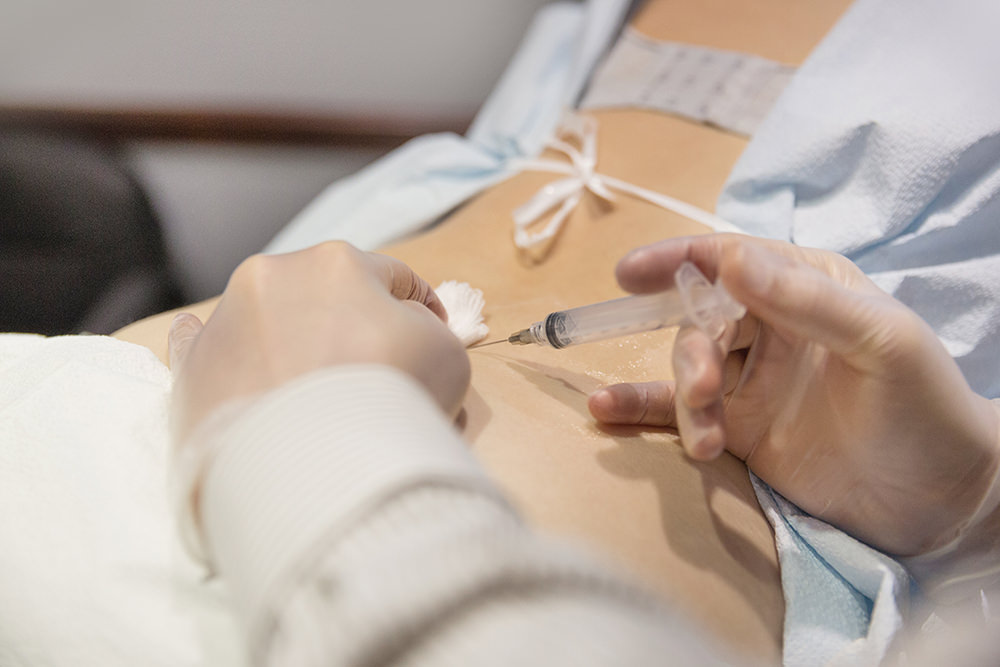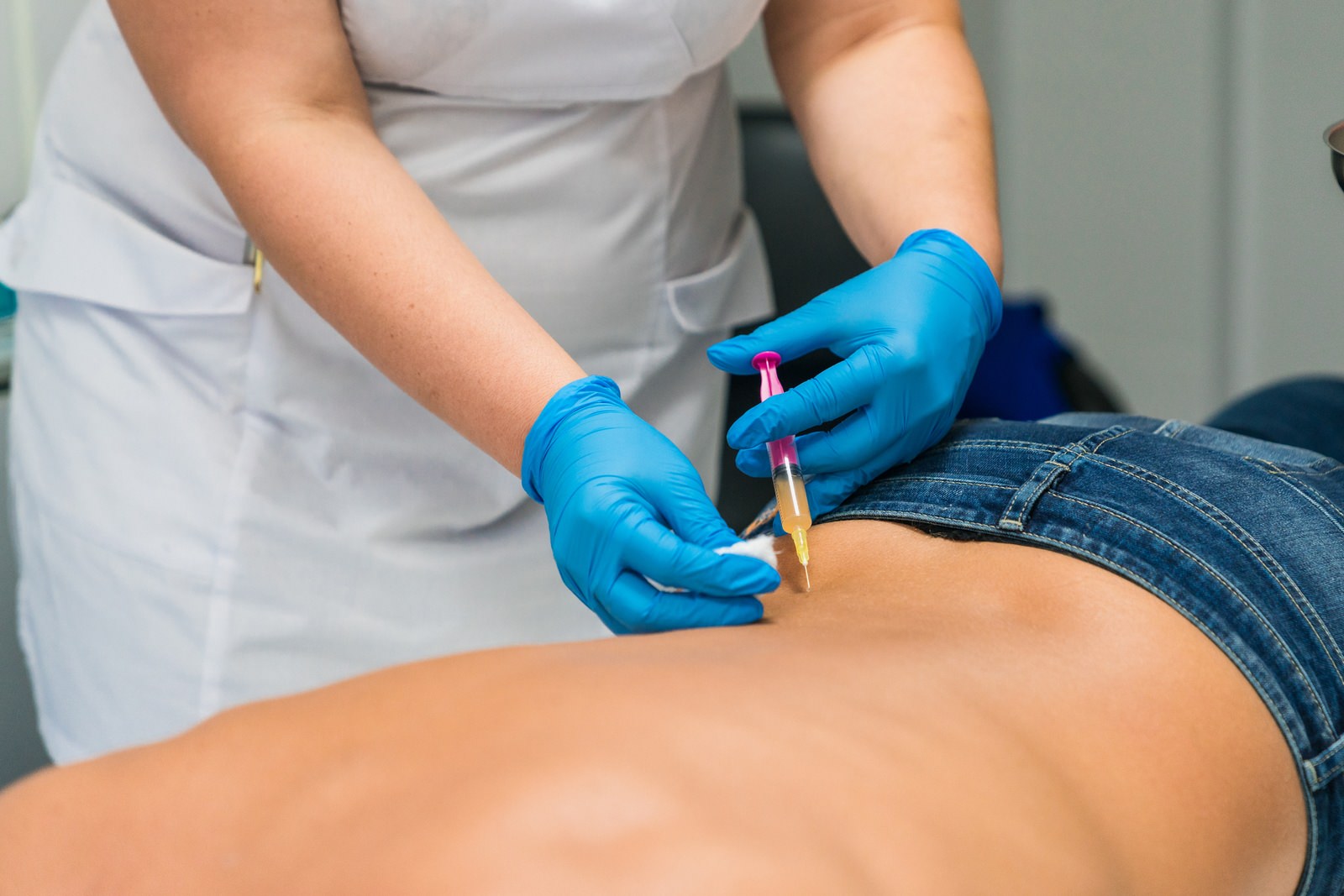Caudal (sacrum) epidural
Reduce your pain and improve your quality of life.
SCHEDULE A CONSULTATION
At the Pain Management Clinic of Dr. Patrice Langlois, our mission is to improve your quality of life through effective pain management strategies. Among our specialized treatments, the caudal epidural stands out as an alternative therapy to the lumbar epidural or pudendal block, to treat lumbosciatica or perineal and genital pain. The procedure involves a precise injection into the epidural space at the level of the sacrum. Our dedicated team of compassionate professionals offers personalized care aimed at restoring your comfort and improving your overall well-being.
What conditions can be treated with caudal (sacral) epidurals?
The caudal epidural offers targeted pain relief by reducing inflammation and interrupting pain signals in the lower back region. This treatment is effective for a range of conditions, including:
- Low back pain
- Lumbosciatica
- Sciatica
- Sciatica pain
- Lumbar pain
- Radiculopathy
- Disc osteoarthritis
- Spinal osteoarthritis
- Perineal pain
- Genital pain

Tired of letting chronic pain dictate your life?
Take back control with the help of our experts. The Pain Management Clinic is here to offer you personalized solutions and support every step of the way.
Contact us today to find out more.
Does chronic pain prevent you from enjoying life’s simple pleasures?
Our clinic uses a diverse range of medications, products and modalities to effectively manage and treat your pain.
Caudal (sacrum) epidural injections may use the following components:

Cortisone (methylprednisolone)
Anti-inflammatory steroids that reduce inflammation and pain in affected spinal areas.

PRP (platelet-rich plasma)
Preparation of concentrated platelets from your own blood containing healing factors to repair tissue and reduce pain.
Technique
For caudal epidurals (sacrum), the interlaminar technique targets the sacral iatus, a small, easily palpable membrane. In overweight patients, however, we use ultrasound guidance.
Goals
The main objective of this treatment is to significantly reduce pain, aiming for at least a 30-40% reduction in discomfort for the patient.
Success
The success of caudal epidural treatment varies according to the type of condition and the duration of pain experienced by the patient.

What can I expect following a caudal (sacral) epidural?
The results of a caudal (sacral) epidural usually include pain relief in the lower back and legs, which can improve mobility and quality of life. Other patients with perineal pain who have not responded to pudendal block may experience relief. Patients often experience a reduction in inflammation and nerve irritation, enabling them to resume their daily activities with greater comfort and less pain medication. The duration of relief varies, with some patients enjoying prolonged periods of pain reduction after treatment.
Chronic pain isn't just physical, it's emotional too. You're not alone, and we're here to help.
Contact us today to learn more.
FAQ
Visit our FAQ section to find out more about our procedures. You will find answers to many of your questions.
How long does pain relief last following a caudal epidural?
The duration of pain relief is variable; some patients experience relief for a few weeks, while others may benefit for several months. Effectiveness depends on the patient’s condition and reaction to the injection.
What are the risks associated with caudal epidural surgery?
Although generally safe, risks include infection, bleeding, nerve damage and rare complications. Discussing your medical history with your doctor and choosing a pain management expert can help minimize potential complications.
Can I resume my normal activities after receiving a caudal epidural?
Most patients can resume their normal activities one or two days after the procedure. However, it is advisable to avoid strenuous activity for the first few days following the procedure in order to obtain the best results.
How quickly will I feel relief after the caudal epidural?
Some patients may experience immediate relief, while others may notice a gradual improvement in pain over several days or weeks as inflammation diminishes.
Is a caudal epidural painful?
Thanks to local anesthesia, most patients experience minimal discomfort during the procedure. Sensations during the injection may vary, but discomfort is generally brief and easily controlled.
Find out how we can help.
We're committed to compassionate care and giving our patients the tools they need to live life to the fullest despite the challenges of chronic pain.
Contact us today.

